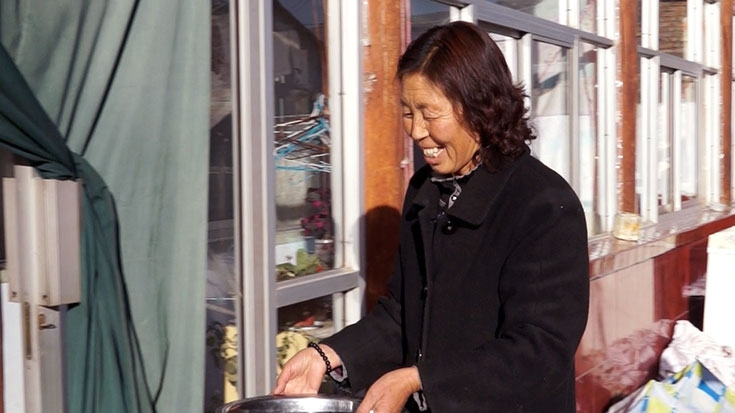Qinghai Province, China – Despite rising incomes, poor health has remained a major hurdle for China’s hundreds of millions of rural residents in their pursuit of better quality of life.
But changes are already occurring – a “Healthy Village” program is now in full bloom in eight Chinese provinces under the World Bank-supported Rural Health Project, aiming to improve the health and wellbeing of rural communities.
What is a “healthy village”?
According to WHO, a village or rural community can be considered healthy when rates of infectious diseases are low and prevention, control and management of people with non-communicable diseases is available, and when community members have access to basic services and healthcare.
It also encompasses health beyond healthcare by providing a clean environment, potable water, good sanitation and open areas for safe and pleasurable recreation and physical activity.
Strengthening Rural Health Services
Because of poor quality of care in hospitals in China’s rural areas, which is usually related to lack high-quality equipment and manpower, rural residents tend to flock to distant urban centers for care at great cost and inconvenience.
To build “healthy villages”, local health planners recognized the need to improve rural health services by providing better healthcare facilities and health professionals at county-level hospitals, township health centers and village clinics.
For example, in the Xiayan Village Clinic, in Datong County of Qinghai Province, new equipment such as examination beds and UV disinfection machines has been acquired to better meet people’s health needs. “We also have a new file cabinet to store all the health records of the 800 villagers here, so that we keep track of their health condition,” said Zhu Shouying, a village doctor.
Besides primary care, the village clinics’ role in providing preventive services and health education has been strengthened. For example, after receiving health education on gynecological diseases prevention, 66 percent of the women in the village reported changes in behaviors, Doctor Zhu said.
Guo Qiuxiang, a 30-year old patient at the clinic, shared her experience, which should sound familiar to many rural residents across China. “In the past, we went to city hospitals when we got sick. It was far and inconvenient, exhausting and expensive,” she said.
But now?
“Now I can come to the village clinic anytime I feel sick. I am very satisfied with their services.”

